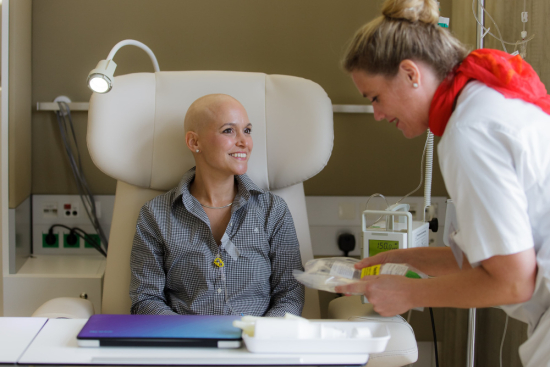Receiving a cancer diagnosis is a life-changing moment. Alongside the emotional impact, patients often feel overwhelmed by questions about treatment, recovery, and costs. Chemotherapy is one of the most common and effective cancer treatments, but where you receive it matters greatly.
With Turquie Santé, patients benefit from access to world-class oncology hospitals in Turkey, cutting-edge technology, and internationally trained oncologists. Beyond medical expertise, we provide personalized guidance and ongoing support throughout the entire journey.
Cost of a chemotherapy session in Turkey
With Turquie Santé, you will receive the best medical care for your oncology treatments in Turkey. We work with highly qualified surgeons and healthcare experts who can guide you to the best solution.
The price of a chemotherapy session in Turkey depends on several factors, including the type of cancer, the diagnosis, and the facilities chosen by the patient.
Benefit from competitive and cost-effective prices for chemotherapy sessions at our partner hospitals and clinics in Turkey, providing you with exceptional value compared to other destinations.
Receive excellent care and service in Turkey's oncology hospitals, which are equipped with high-quality instruments and the latest technology to ensure you receive the best possible treatment.










